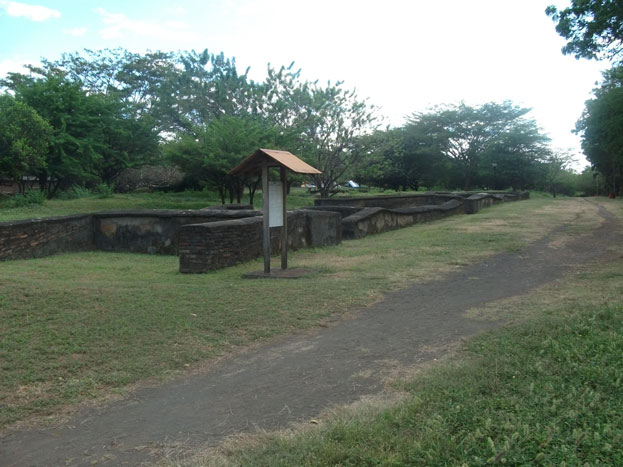Although detailed archaeological research has not been carried out on the site of what was to become the capital of the province of Nicaragua, the early Spanish chroniclers record that the region was densely populated before the conquest by Chorotega Indians, a farming society with a moderate hierarchical structure headed by an elected council of elders. The Spanish town was founded in 1524 by Francisco Hernandez de Cordoba, who was sent from Panamá by Pedrarias Davila to conquer the Pacific zone northwards to Tezoatega. It developed, like many colonial towns in Latin America, round a central plaza, on the extreme north-east shore of what was to be called the Lake of León. Its role was to dominate the territory already conquered by the Spaniards and expand towards the Gulf of Fonseca and the mining zone of Olancho, as well as to Aguan on the Caribbean.

Continent: North America
Country: Nicaragua
Category: Cultural
Criterion: (III)(IV)
Date of Inscription: 2000
Severe Famine and Deaths
Hernandez de Cordoba did not enjoy his new capital for long, since he was executed on the orders of Pedrarias for treason in 1526. Pedrarias came to León as Governor of Nicaragua in 1528, the year which saw the first convent established, by Francisco de Bobadilla, and also a severe famine, which resulted in the deaths of thousands of the indigenous people. Their numbers were further depleted as a result of their being exported as slaves to Panamá and Peru in large numbers, one of the main activities of León. The end of this momentous year saw the creation of a mint by Royal command, "to process the gold and silver and other metals of this province," thus establishing the second pillar of the economy of the town.Both were productive of violence and demographic catastrophes during its short 86 years of existence. Despite its role as a provincial capital León was never more than a relatively modest collection of rustic buildings, most of them in the same material as those used by the indigenous people, wood, bamboo, and mud - mezquinas barracas (mean huts) in the contemptuous words of the Marquess of Lozoya. Only the church, the convents, and the houses of the governor and a handful of the richer citizens were more elaborate.










well done. keep it up. traveller loves your blog. your blogs gives them to idea to visit new places.
ReplyDelete